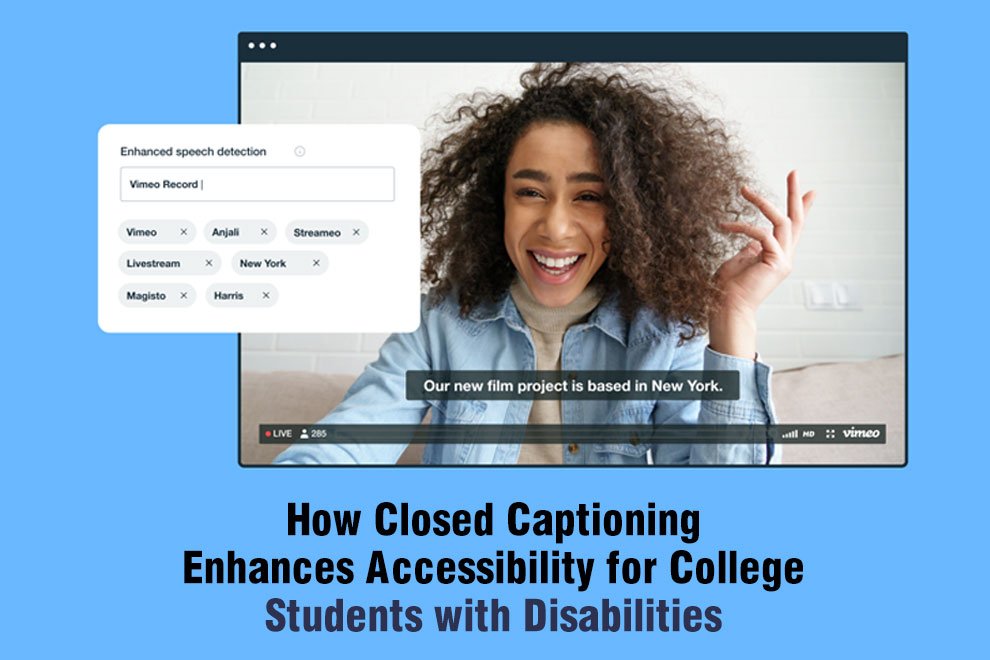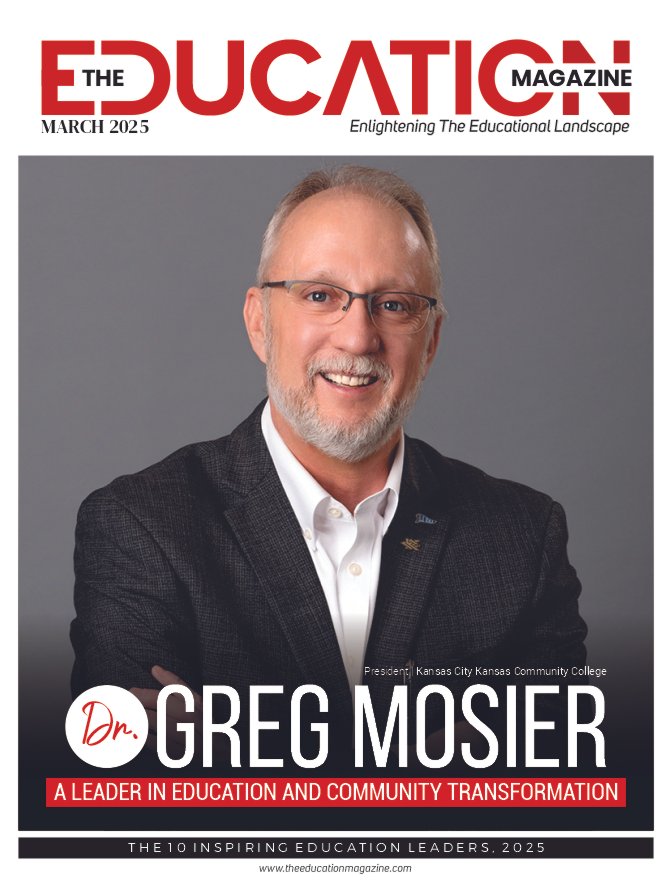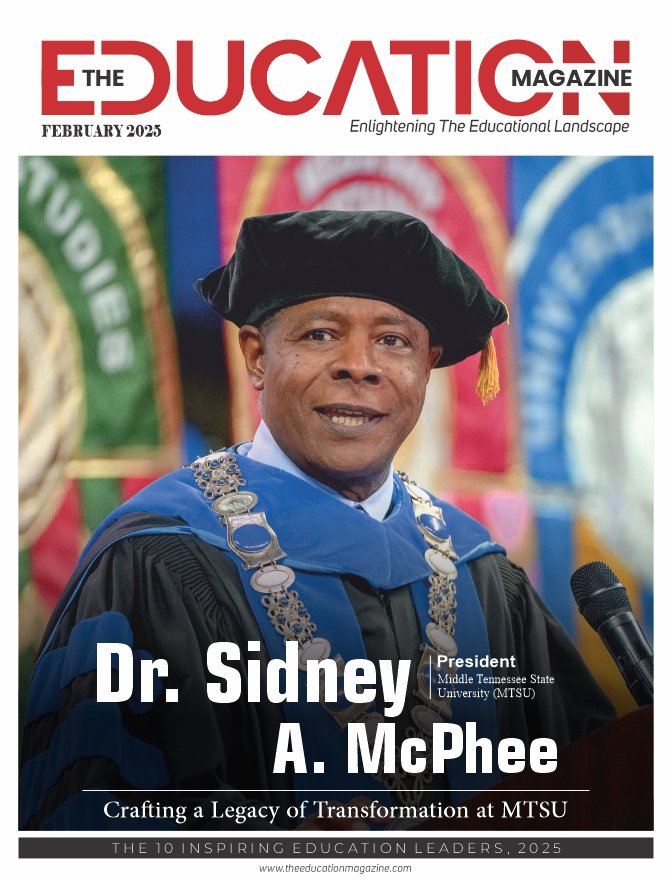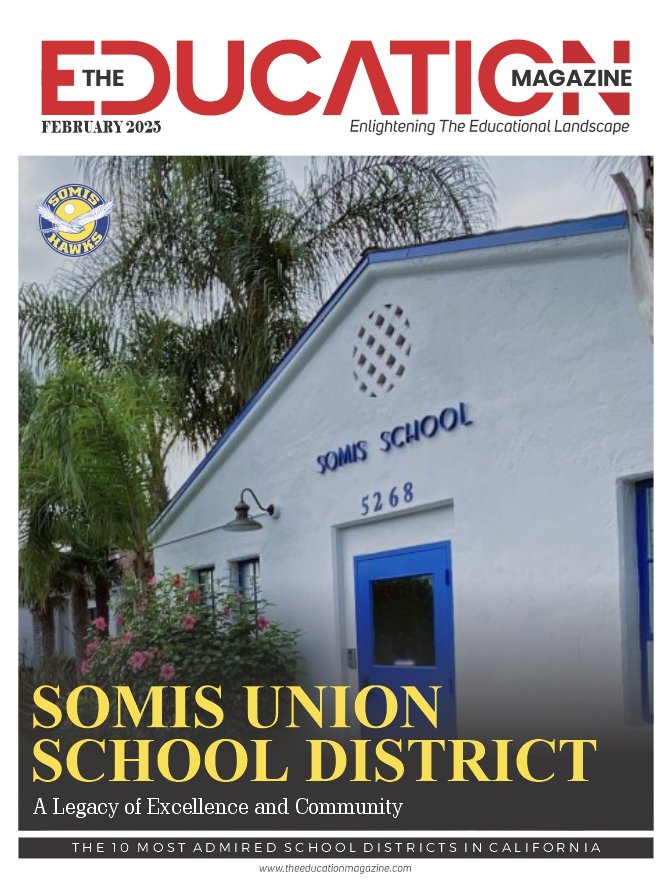Introduction
In education, accessibility is a must, not an option. Whether or not educational institutions implement inclusive practices frequently determines whether or not millions of college students with disabilities have equal access to course material. The use of closed captioning services is one of the most effective of these strategies. For students with disabilities, these services offer a pathway to equitable learning environments that go far beyond simple subtitles. This post will discuss the significant contribution captioning makes to inclusive higher education as well as the efficient ways in which educational institutions can use these services.
Comprehending Higher Education Closed Captioning Services
The practice of presenting text on a screen to offer extra or interpretive information is known as closed captioning. Closed captioning services in an academic setting include captions for multimedia presentations, live lectures, lecture recordings, and more. For students who depend on them, they offer a more engaging experience because they capture not only dialogue but also pertinent sounds and speaker identification, setting them apart from simple subtitles.
The Americans with Disabilities Act (ADA), Section 504 of the Rehabilitation Act, and WCAG guidelines all support the legal necessity of captioning. Institutions required by these have the mandate to ensure that all students have access to educational materials. Many colleges still struggle to provide adequate captioning in spite of these rules, frequently as a result of a lack of knowledge or funding.
Closed captioning services are in line with Universal Design for Learning (UDL) principles, which support a variety of representational and engagement channels. For all students, not just those with disabilities, captioning provides a text-based substitute that improves comprehension.
Types of Disabilities Gaining from Accessibility Features in Classrooms
The advantages of captioning span a broad range of disabilities:
- Students who are Hard of Hearing: These students primarily use captions to access spoken content. They can follow lectures, take part in discussions, and review materials if there is high-quality captioning.
- For students with attention disorders or ADHD, captions provide a visual anchor that helps them stay focused and remember important information, particularly during long or intricate presentations.
- Learning Disabilities like Dyslexia: By enabling simultaneous reading and hearing of content, captions offer an extra degree of support to students who process speech or text differently.
- Autism Spectrum Disorders: By guiding students through spoken directions and social cues incorporated into class discussions, captions can aid in processing their tone
- Text-based reinforcement lessens the cognitive load in cognitive processing disorders.
Academic Advantages in Higher Education That Go Beyond Simple Accessibility
\
Closed captioning services improve learning for everyone, not just those who need them for accessibility:
- Better Comprehension: Research indicates that students who use captions perform better on tests and retain more information.
- Improved Taking Notes: By allowing students to concentrate on the material rather than copying everything verbatim, captions encourage more deliberate participation.
- Support for International and ESL Students: Captions enhance the academic language proficiency of non-native English speakers and help them comprehend course materials.
- Searchability and Review: Students can quickly look up specific terms or topics using captioned videos, which makes review more effective and individualized.
- Self-Paced Learning: Students can more easily review and comprehend difficult concepts at their own pace with the help of captions.
Utilizing Technology to Provide Closed Captioning Services
Colleges now have access to a variety of technologies that facilitate captioning:
- Artificial Intelligence (AI)-based tools such as Zoom or YouTube auto-captioning provide a fast fix, but they frequently fall short of the precision needed in educational contexts. Quality and context are guaranteed by human-edited captions.
- LMS Integration: For smooth student access, captioning platforms can be incorporated into programs like Canvas or Blackboard.
- Real-Time Captioning: Live captioning is available during lectures and events thanks to CART (Communication Access Realtime Translation) services.
- Standards of Quality: Readability, completeness, timeliness, and accuracy are important elements that affect how effective captioning has become.
Removing Obstacles to Higher Education Accessibility
Implementation is not without difficulties, despite the obvious advantages:
- Faculty Opposition: Some educators might feel that captioning is burdensome or superfluous. These attitudes can be changed by offering training and proving its worth.
- Budgetary Restrictions: Captioning, particularly for large institutions, can be expensive. It can be beneficial to look for grants or allocate funds specifically for accessibility.
- Technology Restrictions: Real-time captioning is not available in every classroom. Temporary fixes can be provided by recording equipment or portable microphones.
- Specialized Vocabulary: Trained captioners or subject-specific glossaries are necessary to ensure that captions appropriately convey complex academic terminology.
- Content Prioritization: When funding is scarce, educational institutions ought to give priority to the materials and core course content that are utilized by the vast majority of students.
Future Prospects for Closed Captioning Services in Education
As technology advances, so do the captioning options:
- AI-Powered Accuracy: Automatic captions are becoming more dependable due to developments in natural language processing.
- Integration of Augmented Reality: Real-time captions displayed on AR devices could soon improve traditional classroom settings.
- AI tools in smart classrooms are able to recognize speakers, distinguish between different voices, and instantly modify captions.
- Personalization: Depending on their requirements, students might be able to alter the font, size, color, and placement of the caption.
- Learning Analytics: Teachers can improve their teaching strategies by using caption data to better understand how students engage with the material.
Conclusion
Closed captioning services are a fundamental component of inclusive education and go beyond merely being required by law. When properly applied, they enhance academic performance, provide learning environments that are inclusive of all students, and open doors for students with disabilities. Institutions not only meet accessibility requirements but also set the standard for innovative teaching by making investments in top-notch captioning and resolving implementation issues. Because the campus community as a whole flourishes when all students are able to participate completely.
Also Read: 5 Best Fundraising Ideas for Colleges









